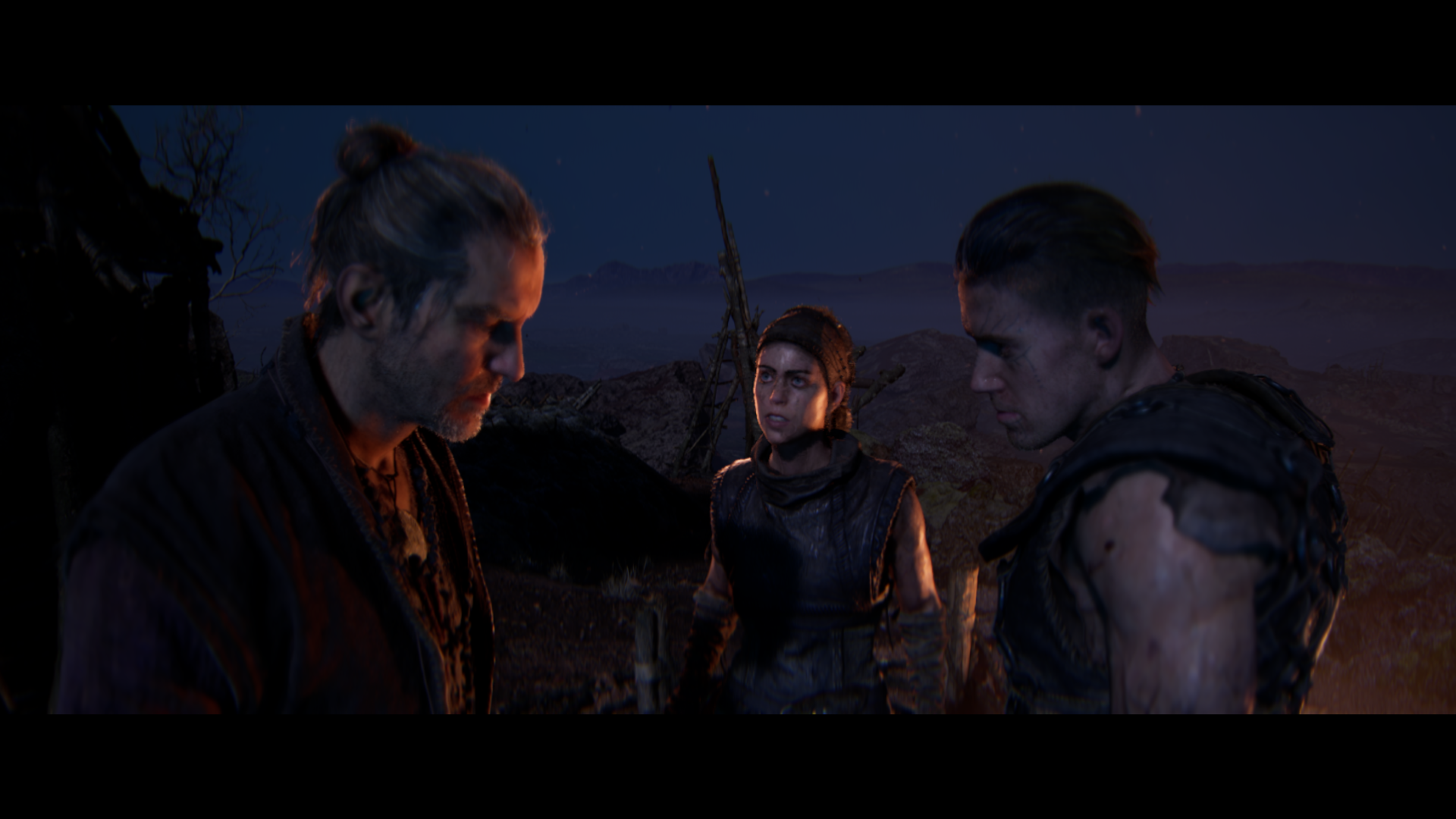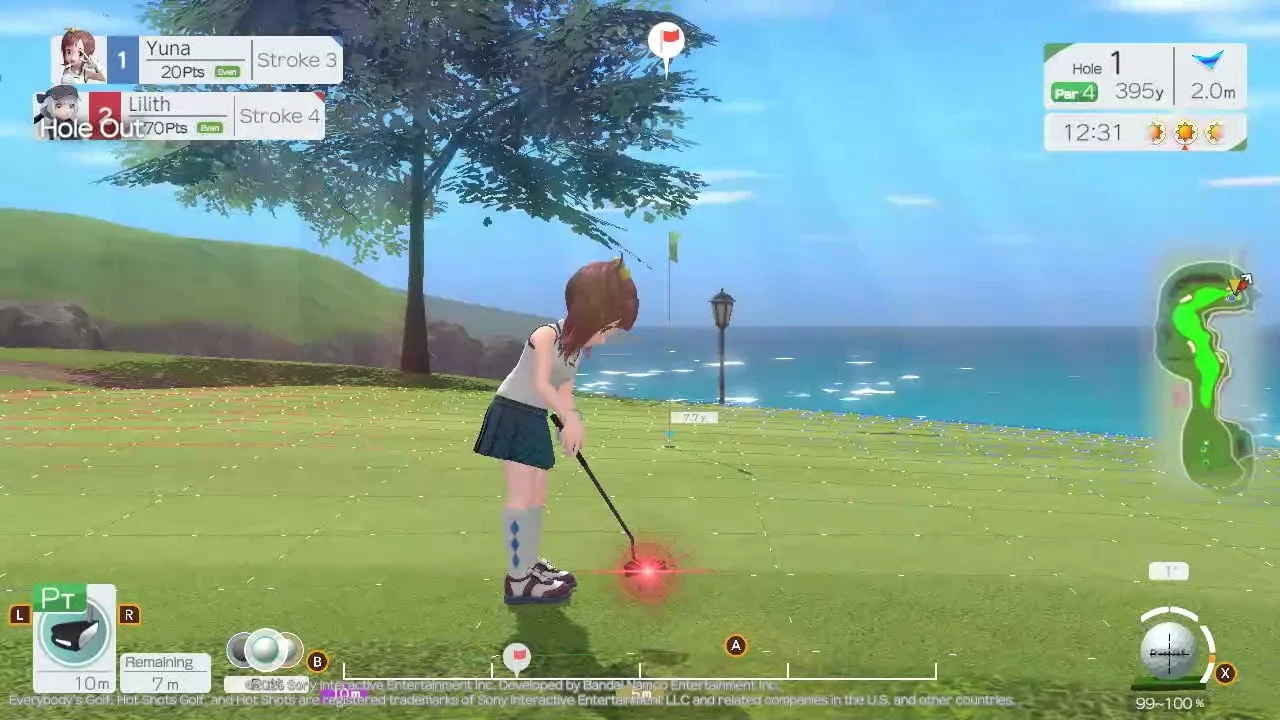Senua’s Saga: Hellblade 2 Review - Ninja Theory’s Crowning Achievement
/I was first introduced to Ninja Theory from their work on Enslaved: Odyssey to the West, an action-adventure sleeper hit that took me by surprise back in 2010. Its story was compelling, and its characters were packed with personality, charm, and synergy that worked in tandem with a decent combat system to keep me locked in from start to finish. From there, I knew the studio was special, but it fell off my radar thanks to a couple of hit-or-miss projects throughout the years. It was only when Hellblade: Senua’s Sacrifice came out that Ninja Theory reached a new high, showcasing that they’re a studio that can deliver a unique experience you can’t find anywhere else.
An Experience Like No Other
Senua’s Saga: Hellblade 2 goes above and beyond what was established in the first game. I’ve never played a game like it. It’s an audio-visual giant that leaves a mark and can easily be a generation-defining title. I was blown away by Senua’s latest journey, and despite it being a short one, it felt just right, ending with a finish that left me wanting more from this world and Senua’s journey.
The first game was a personal journey as Senua ventured through the depths of hell to reach her loved one. It was a journey to embrace the darkness within her and accept her unique condition that not many can relate to or understand. Myriad voices are always within Senua, questioning her choices, discouraging her, uplifting her, and supporting her. It’s all confusing and frustrating, and that’s the whole point as Hellblade gives you a glimpse of someone living with psychosis. I’m not an expert on such an illness, but Ninja Theory did an amazing job putting players in such an unsettling environment, constantly shifting what’s in front of you, and utilizing the kinds of voices and sounds that felt like they were all around me.
When I booted up Senua’s Saga: Hellblade 2, it felt like a heavy fog was surrounding my head from the moment I put on my headset. The atmosphere was heavy, but effective. Despite being a short 7-8 hour journey, each hour took a lot from me. It felt longer than normal and more like an experience rather than an adventure undertaken for entertainment.
Senua is Haunted, But No Longer Alone
Thanks to the events of the first game, Senua is in a slightly better place. She’s a person with a purpose, on a mission she’s hell-bent on completing. She dives head-first into danger to free her people from slavers, venturing into unknown lands and facing dangers alone. This time, we see Senua interacting with other humans and befriending a few who aid her in her cause. This type of interaction, when first shown, looked exciting—a new addition to the narrative that did not disappoint. The new key characters added more flavor and depth to an already demanding narrative. It was an exceptional addition, as Ninja Theory performed an impressive balancing act, shifting from what only Senua can see to the real reality.
The writing, pacing, sound design, and score further support an already powerful narrative as they’ve done an exceptional job on all fronts. The dialogue is respectable, but how Hellblade 2 balances the most intense segments with the most eerie and somber ones while keeping the atmosphere consistent grounds the experience and makes it feel complete.
The character motion capture was another element that took this game to a whole new level, seen even in the first opening segment. The motion capture quality between the two games is vast, as the sequel is more defined and photorealistic. The eyes don’t look dead, and the facial expressions were translated to realistic effect.
This interpretation of realism extends to combat as well. Senua is a warrior, but a warrior struggling to survive. Each swing feels like every ounce of strength is used to deliver the blow. The attacks are heavy with purpose, as if she accepts that each swing of her sword could likely be her last. There’s nothing complex about Hellblade 2’s combat—it’s identical to the first game. You have light and heavy combo strings for offense, while defense consists of dodging or parrying incoming attacks - basic stuff in the grand scheme of video games, but a perfect pairing to what Ninja Theory is trying to deliver here.
They throw you against one-on-one skirmishes, bouts where it always feels like Senua is in true danger, with each warrior duking it out while the voices cheered Senua on, at times attempting to help her out by egging her on to hit harder, constantly reminding her of what’s at stake, or doing the complete opposite, feeling discouraged and frustrated when Senua constantly gets hit.
But they never really expanded on the combat experience, as it feels just like the first game. It’s as if Ninja Theory accepted the established combat as a staple and focused on other sections to improve on, so those that didn’t quite like the combat will feel disappointed at the lack of evolution here. The only improvements are the animations of each finisher, combat choreography, and the attacks that occur between Senua and her enemies.
A Ride Expertly Thought Through and Mapped Out
Hellblade 2 never wastes any time, as the whole campaign felt carefully thought out. No segment or area ever felt like it was padded or forcefully stretched out. Everything felt purposeful. Compared to the first game, where the journey had a hellish theme throughout, Hellblade 2 offers various backdrops—from a haunted forest and claustrophobic caves to jaw-dropping set pieces that felt grounded despite the fantasy elements. Each area looks visually stunning and flawless.
Senua’s Saga: Hellblade 2 is a cinematic marvel, enhanced with minimal visual elements that remind the player it’s a video game. There’s no real Heads-Up Display (HUD) or tips that show up. I’m reminded of its video game nature during the puzzle segments, as the sequel brings back the puzzles involving finding specific symbols in the world to progress. Thankfully, these puzzles are fewer compared to the first game. Hellblade 2 offers enough variety in the puzzle department, leaning less on one puzzle mechanic and instead incorporating more appealing ones, such as interacting with loathing orbs to materialize or remove certain environments, and opening or closing paths.
Just like the first game, these puzzles are smartly designed, but thankfully not as frustrating as those in the first game. The visual cues are clearer and easier to understand and follow. I knew where to look and didn’t feel frustrated in any way, as the game snaps to the answer once you’ve focused and stared at the right angle, making it more forgiving. So, if you found yourself a bit lost at times in the first game, it’s less likely to happen here.
The combat also reminds me it’s a game, with the only real visual cue being Senua’s mirror—a charged ability that slows down time, allowing Senua to attack enemies with quick strikes, effectively canceling out incoming attacks or defensive stances. This ability, indicated by the mirror shining, is the only element resembling traditional video game mechanics, as everything else feels like a set piece with the player as the star.
A Masterclass in Balancing Artistic and Video Game Ambitions
As I progressed through, everything felt just right. Each chapter flowed nicely into the next, with no respite once you’re on this ride. The game felt like a rollercoaster, complete with build-ups for each major drop. It slows just in time, speeds up at the right moment, and when you’re done, it’s so exhilarating but draining that it’s hard to consider another go soon after getting off.
The transitions between sections are technologically astounding, masked through visually stunning overhead shots of the environment, swooping towards another area and zooming in on our cast of characters walking towards the next section. We then have a close-up of Senua, another seamless transition that felt fitting to the overall theme of the game and an impressive way for Ninja Theory to showcase their engine’s capabilities.
Ninja Theory embraces typical video game transitional practices, but hides the illusion masterfully, making transitions feel organic thanks to elements like narration or the voices in Senua’s head. Throughout the many transitions, from illusions created exclusively for Senua to quickly transporting the player to the next area, none felt cheap or rushed.
There are so many elements that it can be a visual overload for some, but it’s an exhilarating experience that leaves a lasting impression.
Ninja Theory is a master of their craft, creating a game that can quickly swap various environments and key assets with ease. Hellblade 2 feels like a living, breathing shapeshifter, manipulating its surroundings around the player with precision and consistency, making it one of the most visually stunning video games of this generation.
The game flexes its technological capabilities across various biomes with no technical bugs or hiccups—as long as your PC can keep up with the demand. I played it on PC, and while my rig can handle Hellblade 2’s most demanding moments at high settings, it’s impressive how the game still looks stunning even on the lowest possible settings, making me think it’s accessible to a wider range of PC players, making it less of an exclusive for high-end machines and Xbox consoles.
This is an amazing title that carefully balances its artistic and gaming ambitions, a masterpiece that I encourage any gamer to experience. But in the grand scheme of things, it’s easy to see it more as an art piece than a video game, sparking conversations and marking it as a niche experience. It’s hard to call it a platform seller because of how unique and out of the box this whole experience is as an overall product. At most, Senua’s Saga: Hellblade 2 highlights that Ninja Theory is one of those studios that needs to be cherished as much as possible. They are a diamond in the rough—a group of talented individuals who embraced what they achieved in the first game and have grown to be masters of their craft, delivering an even greater experience that can leave you awe-struck. If you are open to unique experiences or willing to step out of your comfort zone, Hellblade 2 will not disappoint.
Verdict: 5/5 (Exceptional)
PROS
A gripping journey with a more focused Senua, and a cast of characters that complement the overall story experience
Impressive pacing and transitions from one location to another
An audio-visual experience with amazing score, atmosphere, and visual elements that puts through various emotions
A technological marvel in motion capture and visual design
CONS
Combat is still greatly similar to the first game
A niche experience that only a good portion of players might appreciate
A short runtime of 7-8 hours might turn off some players
Replayability is weak, as there’s little value to replaying the game
What I’ve Played
Finished the campaign
Collected half of the game’s lore collectibles
*This review is based on an early PC review copy provided to the reviewer












If you can get past Once Upon A Katamari's sticky controls and a general sense of deja vu, the many time periods, customizable cousins, unique challenges, and features make even a decades-old formula feel fresh again.